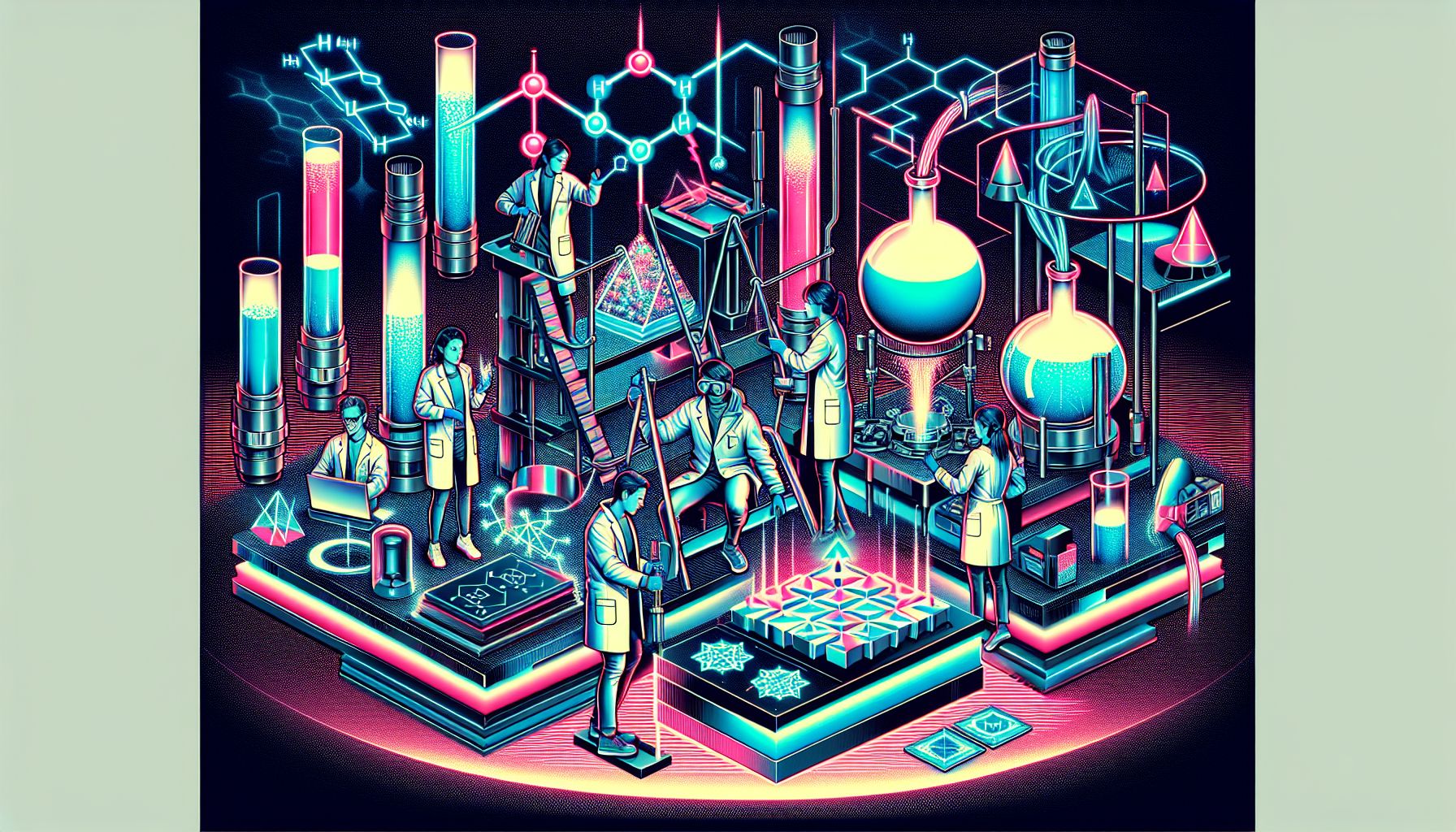Revolutionising Hydrogen: A Leap with Photocatalytic Materials

London, Monday, 30 June 2025.
Researchers have created a method to mix materials like MOFs and g-C3N4 for hydrogen. This boosts hydrogen production and marks a big step towards clean energy. Fascinating!
Breaking New Ground in Hydrogen Production
Today, the hydrogen field just leapt forward with researchers unveiling a scalable integration of cutting-edge photocatalytic materials—namely metal-organic frameworks (MOFs), covalent organic frameworks (COFs), and MXenes—in combination with g-C3N4. This integration isn’t just theoretical hype; it promises concrete benefits in enhancing hydrogen production efficiency and stability through photocatalytic water splitting [1][2][3]. Dreaming of the cleanest possible energy? This might just be it!
Photocatalytic Marvels: MOFs, COFs, and MXenes
These materials aren’t ordinary. MOFs and COFs are known for their structural adaptability, which facilitates impeccable light absorption and charge transfer—critical for any successful photocatalytic process. Meanwhile, MXenes bring a layer of robustness and efficiency to the table, forming a dynamic team with g-C3N4, known for its light absorption and stability. The synergy of these compounds, enhanced by the chemical robustness of g-C3N4, means this innovation could be key in driving the hydrogen economy forward [1][2].
Real-World Applications: Building a Green Future
Imagine a future where water splitting for hydrogen production scales industrially without a hitch. The integration of these materials isn’t mere lab work—researchers are targeting real-world applications. This move could answer the urgent call for sustainable energy solutions, as seen in projects like Saxony-Anhalt’s green hydrogen subsidies or the TEC and CPC’s green hydrogen project in Finland [1][3][4]. It’s not just a lab dream; together, these components form an energy dream team, setting the stage for hydrogen to play a pivotal role in our clean energy transition.
Why Now? An Energy Shift
With the world in a concerted effort to cut carbon emissions, hydrogen is stepping up as the energy carrier of choice. It boasts the highest gravimetric energy density known, an impressive 142 MJ/kg [1]. As experts fine-tune the potential of MOF/g-C3N4 and other heterojunctions, new pathways emerge—these breakthroughs are not just theories but potential game-changers in decarbonising energy systems worldwide [2][3][4].